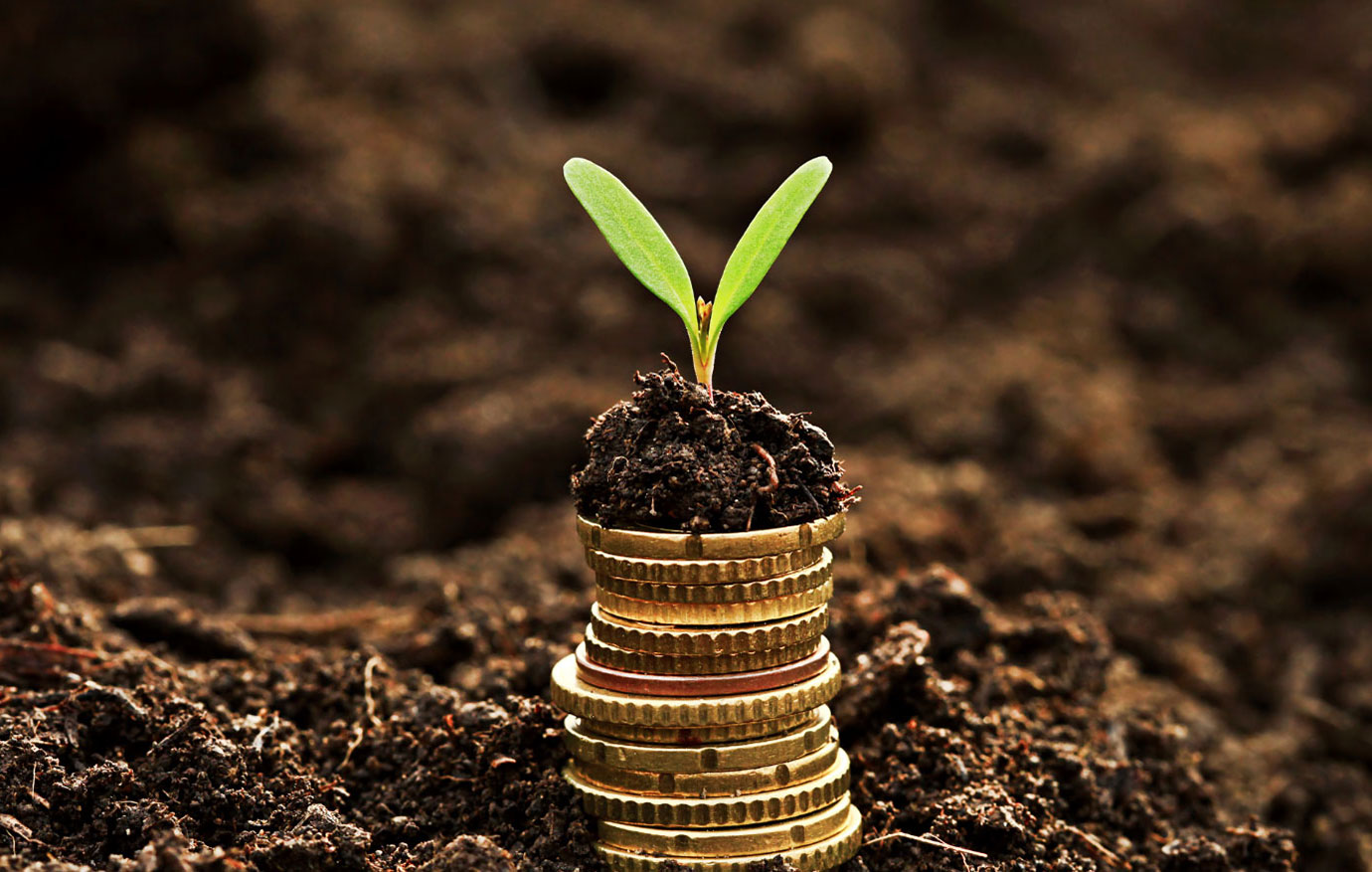
By Jobo E. Hernandez,Researcher
THE COUNTRY’S factory output contracted for the sixth straight month, albeit at a slower pace in August, the Philippine Statistics Authority (PSA) said on Tuesday.
Preliminary results of the PSA’s latest Monthly Integrated Survey of Selected Industries (MISSI) showed factory output, as measured by the Volume of Production Index (VoPI), contracted by 9.9% year on year in August.
This was slower than the revised 14.6% decline in July, as well as the -12.5% reading in August 2019. This decline was also the slowest in five months or since -8.7% in March.
Year to date, the drop in factory output averaged 12.9% compared with the 9.2% slide in 2019’s comparable eight months.
The PSA attributed the slower downtrend in the VoPI to the rise in two heavily weighted industry groups, namely chemical products with 17.1% growth in August from 1.7% in July, and basic metals with 3.9% from -1.5%.
Eighteen out of 20 industry groups registered negative production in August with nine posting slower declines: transport equipment (-36.8% in August from -58.1% in July); machinery except electrical (-34.0% from -48.3%); beverages (-13% from -21.5%); footwear and wearing apparel (-30.2% from -35.6%); electrical machinery (-18% from -22.7%); miscellaneous manufactures (-0.5% from -3.4%); tobacco products (-38.7% from -41.6%); rubber and plastic products (-10.2% from -11.4%); and food manufacturing (-5.6% from -5.8%).
Average capacity utilization — the extent to which industry resources are used in the production of goods — averaged 65.3% in August from 66.9% last month. Only seven of the 20 sectors registered capacity utilization rates of at least 80%.
“The sustained decline in August can still be associated with the aftermath of the prolonged quarantine condition in the country. Community quarantine remains to be the most influential factor for the listlessness of production activities,” said University of Asia and the Pacific Senior Economist Cid L. Terosa in an e-mail interview.
“[A]lthough the volume of production sustained its decline, the rate of decline was slower in August as quarantine conditions became more relaxed all over the country,” he added.
In a phone interview, Philippine Exporters Confederation, Inc. President Sergio R. Ortiz-Luis, Jr. said the slower drop in factory output ran consistent with other economic indicators, adding the two-week return to a modified enhanced community quarantine in Metro Manila and nearby provinces in early August was “very costly” to the manufacturing sector.
In an e-mail interview, ING Bank N.V. Manila Branch Senior Economist Nicholas Antonio T. Mapa said that the MISSI results track the country’s results in IHS Markit’s Manufacturing Purchasing Managers’ Index (PMI).
Latest results showed the Philippines manufacturing PMI at 50.2 in September, higher than 47.3 in August and 48.4 in July. A reading above 50 signals expected improvement, while a score below 50 indicates deterioration.
“We may expect another positive month in September if this relationship still holds. If it does not, we may note that the improvement in PMI was tagged largely to changes in price indices. Other than that, we could see an improvement for the balance of the year, albeit not back to pre-pandemic levels anytime soon,” Mr. Mapa said.
For UA&P’s Mr. Terosa: “The volume of production [in the fourth quarter] will continue to decline relative to the same period last year, but the rate of decline month on month will be slower,” he said.
“The negative trend will be reversed in 2021, particularly after the second quarter,” he added.
